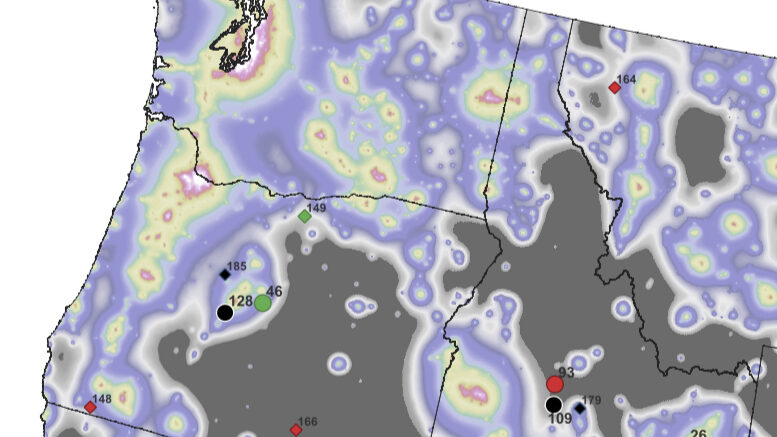Welcome to the age of Artificial Intelligence, or AI. AI can do so much and has been in the news recently with products like ChatGPT. Now every tech company is dipping their hands into the AI game with their own systems. However, one application that isn’t necessarily on many people’s minds when it comes to AI use is light pollution.
Therefore, to solve this gap, we have taken the time to create a new AI Program called “lightpollution.ai” to address this need. What it will do is compare how light pollution for an area over time progresses, tell how dark a site is, find a dark site in a provided area and tell you which are have clear weather tonight, provide tips and tricks on how to reduce light pollution, and provide light pollution facts and news.
In instances such as visiting a site like Stub Stewart State Park for years or determining how light pollution measures have worked, there isn’t an easy tool to use to help out with this. The lightpollution.ai tool will compare how light pollution and bortle scale has changed over time. This is done through comparing photos that the user provides or the satellite data that organizations such as NASA provide. This will provide quantifiable results that are easily understandable.
One issue that can take significant time is taking the time to determine dark sky locations close to you, whether you be on a trip or in your local area and finding whether tonight is a good night to go. The artificial intelligence can tell you close dark sky sites based upon a user provided location, can tell you weather for tonight, the next few days, and future based upon weather patterns and history. Plus, it can tell whether the site is open and has campsites that are open; moreover, it can alert when a site becomes available and reserve it. This will assist in booking sites, deciding where to go, and provide information on new dark sky sites in the area without the need for extensive research; therefore, making it easier to visit these dark sky sites.
A really cool feature will be to provide tips and tricks on how to reduce light pollution. This can be done through selecting the desired environment and situation such as a house, highway lights, or buildings, and the system will provide tips and tricks to reduce the light pollution. For a specific situation, one could upload a photo of the desired area to improve and get tips, cost savings if implemented, and cost to implementation. The cost savings and implementation information will help those making decisions to understand how much they can save with tiny changes.
Sometimes there are needs to get the news and facts for light pollution to help understand the issue, convince others, and find relevant light pollution information. This can be really neat and helpful. Future work could be to help write laws and policies to help legislatures to help reduce light pollution.
To learn about open source software projects that you can contribute to, check out this article. We post articles weekly or a regular basis, so check back in for more great content like this! Follow us on social media such as instagram or Twitter.

Dear Mike,
I have read your article and am somewhat confused about your wording around your light pollution AI. At first, you stated that you had created an AI that evaluated light pollution, however, you then used future tense terms to describe your AI. Has the AI been created yet? If so, where can I find updates regarding your AI?
Thank you for your time!
Gilburt Ahpshunol
Thanks for the ask. We haven’t yet created one just yet. But it’s something we’re keeping an eye out for. And this article is sorta a joke on that fact that everyone is creating an AI as it’s a buzzword for everything, regardless if it’s a good idea or business model